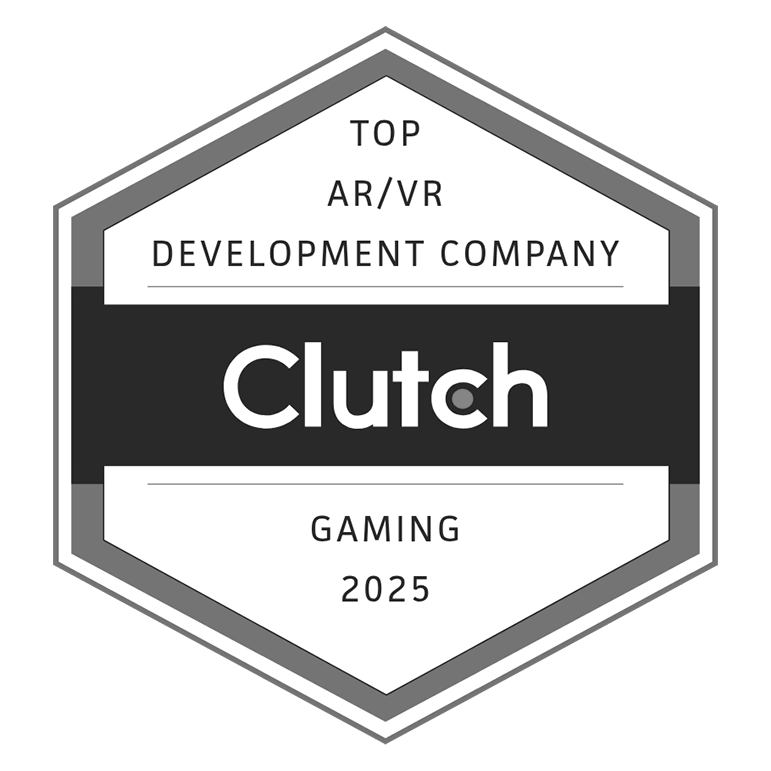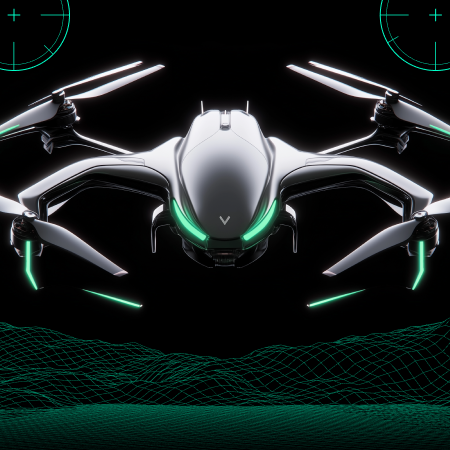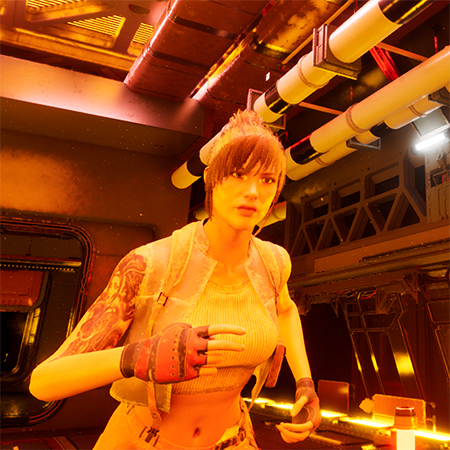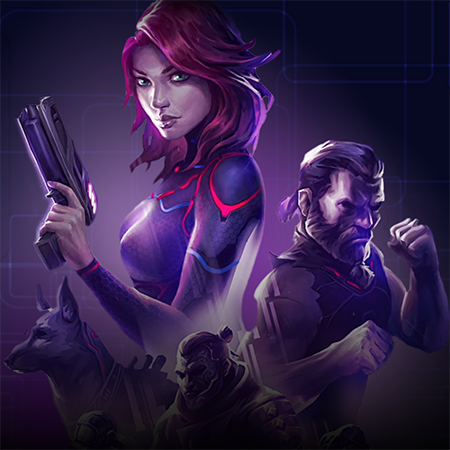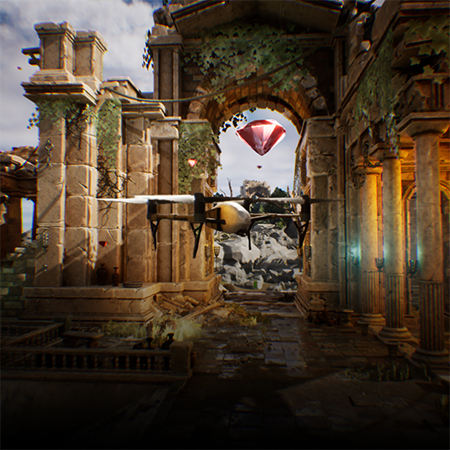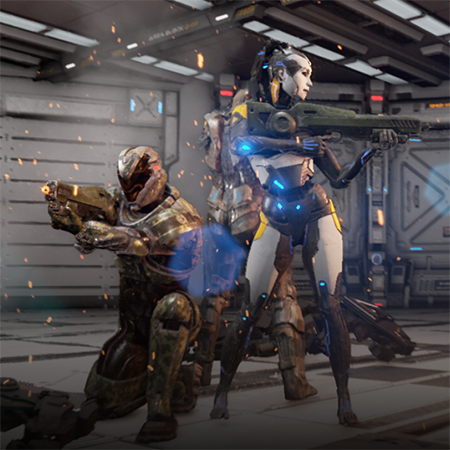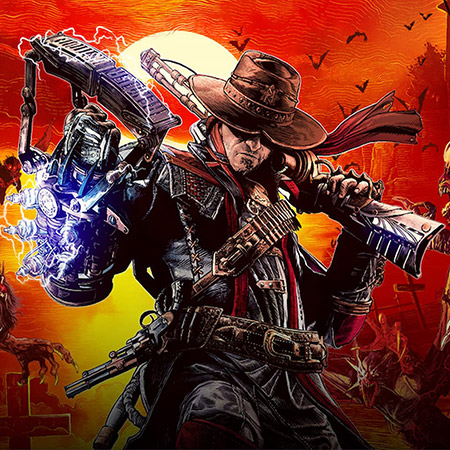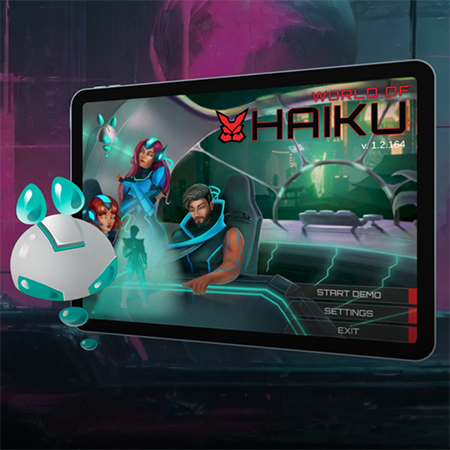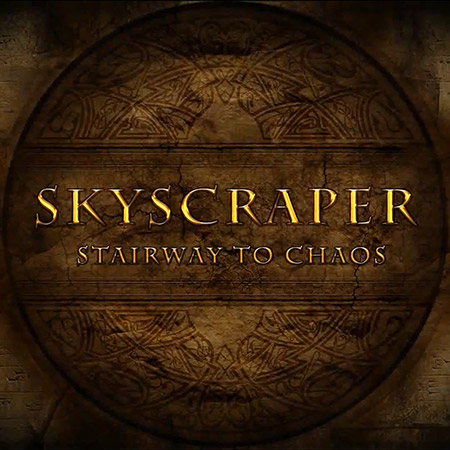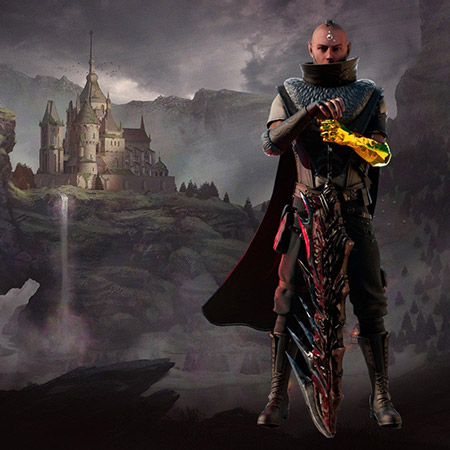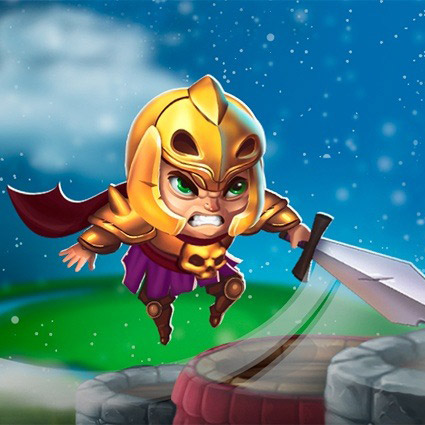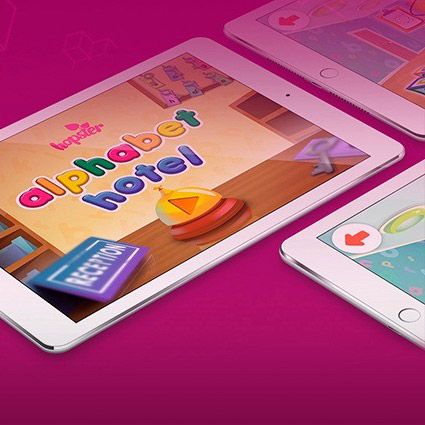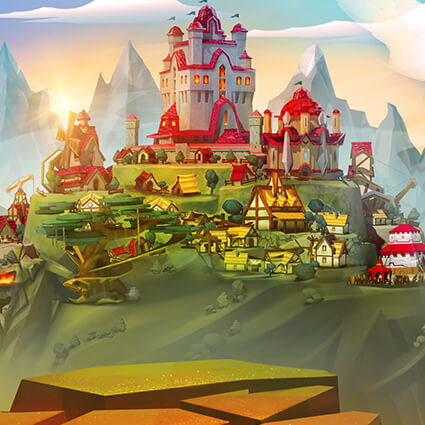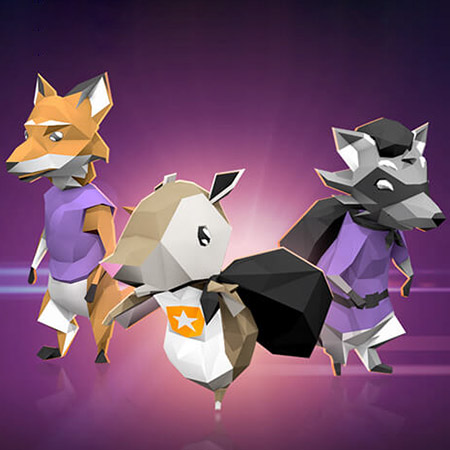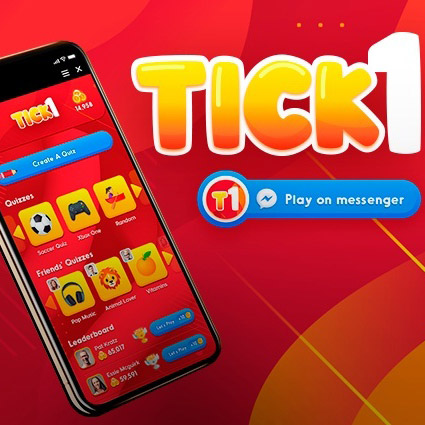Our development team's expertise in cloud solutions for game back-ends is both broad and deep, honed through years of crafting scalable, robust architectures that support games of all genres and sizes. From real-time strategy games to immersive multiplayer RPGs, the need for reliable, scalable cloud infrastructures has never been more critical. Our developers leverage the power of cloud computing to ensure that game worlds are always available, responsive, and engaging for players around the globe.
A key area of our cloud solution expertise lies in deploying and managing game servers across the leading cloud platforms, including AWS, Google Cloud, and Microsoft Azure. These platforms offer the flexibility and scalability necessary to handle the variable load of online games, from a few hundred to millions of concurrent players. By utilizing auto-scaling groups, our developers ensure that server resources dynamically adjust to player demand, maintaining optimal performance while controlling costs.
Another crucial aspect of our cloud experience is implementing global content delivery networks (CDNs) to reduce latency. This is especially important for fast-paced, real-time games where even milliseconds can impact the gaming experience. CDNs ensure that game assets are served from the edge location closest to the player, significantly reducing load times and improving responsiveness.
Our team also excels in utilizing cloud-based databases and storage solutions to manage game data efficiently. These databases are designed to handle high-throughput, low-latency access to game states, player profiles, and dynamic content, ensuring that the game back-end can scale seamlessly as the player base grows. Moreover, cloud storage solutions provide a secure, redundant environment for storing game assets, user-generated content, and backups, safeguarding against data loss and ensuring continuity of service.
In terms of development and deployment, our developers adopt cloud-native practices, including containerization with Docker and orchestration with Kubernetes. These technologies facilitate the continuous integration and continuous deployment (CI/CD) of game updates and new features, allowing us to rapidly iterate on the game based on player feedback and analytics. This agile approach to development ensures that our games remain fresh, engaging, and ahead of market trends.
Data analytics and player telemetry are other areas where our cloud solution experience shines. By leveraging cloud-based analytics services, we gain insights into player behavior, game performance, and potential areas for optimization. This data-driven approach allows us to fine-tune game mechanics, balance, and monetization strategies, creating more engaging and rewarding experiences for players.
Moreover, our developers are adept at implementing cloud-based security measures to protect against DDoS attacks, ensure data privacy, and comply with international regulations. The impact of these measures is significant: by using advanced encryption, identity and access management (IAM), and network security configurations, we ensure that player data is secure and that game environments are safe and trustworthy.
Collaboration with cloud service providers has also enabled us to explore cutting-edge technologies such as artificial intelligence (AI) and machine learning (ML) for game development. These technologies open up new possibilities for dynamic game content, personalized player experiences, and innovative gameplay mechanics, further enhancing the appeal and longevity of our games.
Our team's expertise represents a valuable resource for game studios and developers looking to leverage the full potential of cloud technologies for game back-end development. With a proven track record of successful projects and a deep understanding of the latest cloud solutions, we are ideally positioned to help bring your game visions to life. If you want to elevate your game's back-end infrastructure with cloud technologies, connect with us to explore how we can collaborate to achieve your goals.


















